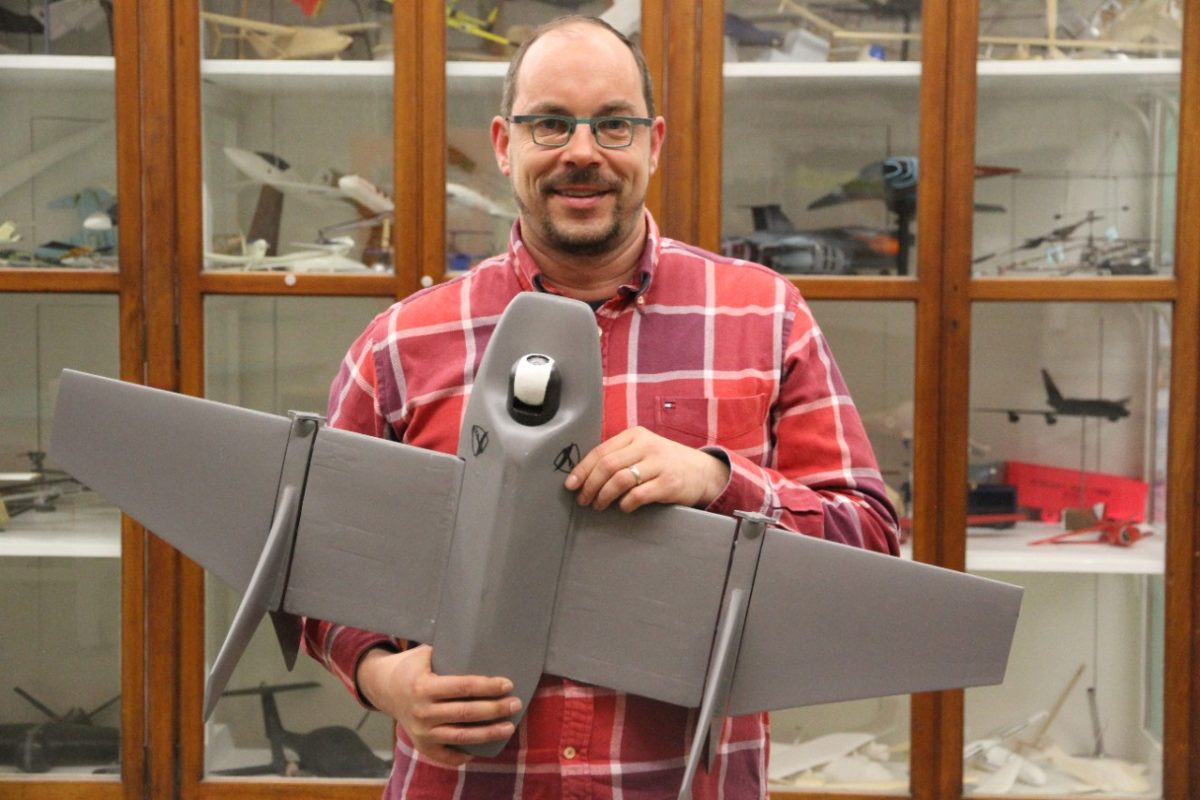According to the Air Transport Action Group (ATAG) aviation is responsible for 12% of all CO2 emissions from transport sources. But while electric trains and trams are a proven quantity and electric vehicles (EVs) are gaining momentum in the road transport sector every day, a sector which makes up 74% of transport related CO2 emissions, electric aviation is still in its infancy.
The Horizon
The manifold reasons for electric aviation’s tardiness is largely technological. It is simply a much more complex task to produce an electric plane of any practical use than it is a car or train. Unlike land vehicles, which can easily cope with the added weight of a rooftop solar array and a battery, aircraft are, as you would expect, far more sensitive to design adjustments and especially when catering for mass.
Dr Dries Verstraete of the University of Sydney’s (USYD) School of Aerospace, Mechanical and Mechatronic Engineering notes that increasing the mass of a car by 35% requires 13-30% more energy use. But increasing the mass of a plane by the same proportion requires 35% more energy use, because energy use is directly proportional in aircraft.
However, that is only the beginning of the technological hindrances to electric aviation. The sheer distances aircraft cover simply demand more energy than land transport vehicles require, and, of course, there are no grids or charging stations in the sky, meaning an aircraft has to carry all its energy with it.
Despite these major obstacles, Verstraete is adamant that electric aircraft are on the horizon, if only on a small scale and for short-range purposes. The key to the realisation of short-range electric aircraft is a drastic reduction in battery weight, and if we’re being honest, a bigger energy punch than lithium ion battery packs can currently provide.
According to Verstraete, the best available lithium ion batteries today pack a punch of 200 watthours (Wh) per kilogram, that’s 60 times less than aircraft fuel. If we were to see a regional electric commuter aircraft service, not only would batteries have to up their game, but they would have to do so whilst finding a four- to tenfold reduction in weight. Verstraete notes that improvement in battery technology has been around 3-4% per year, doubling roughly ever two decades, and that based on a continuation of this trend the horizon on which a small electric commuter aircraft could be seen won’t be until 2050.
However, it must be said that the continuation of that historical trend is not a given, especially considering batteries hardly evolved at all for much of the 20th Century. But even if the acceleration in battery technology advancement in recent years could make electric aviation possible sooner, Verstraete admits that the timescale of change in the aviation industry means 2050 remains an adequate estimate.
Hybrid Solutions
Of course, just because electric aviation is not utterly soluble in the very near future does not mean the aviation industry needs to rely so heavily on fossil fuels. Airports around the world, including Melbourne and Brisbane, are already turning to solar PV to cut their electricity costs and it won’t be long until the industry uncovers more of itself to the light.
There is a lot of room for renewable and energy storage options to integrate themselves with existing aircraft. Already there are hybrid-electric aircraft which utilise electric propulsion systems to improve thrust efficiency and reduce fuel consumption. And there is certainly a near future in which batteries are utilised during take-off and landing to nurse the aircraft through its major power usage events.
Alternate Options
The adoption of biofuels is probably the most likely option for the aviation industry to reduce its fossil fuel dependency, though biofuels still produce CO2. Biofuels have already been trialled by major airlines and have been used in commercial flight as early as 2008. The great advantage of biofuels is that they require almost no significant alterations to existing aircraft.
Unlike biofuels, hydrogen would require enormous infrastructural overhaul, not just of aircraft themselves, but airports too, as the whole nature of fuelling would need to shift.
Despite these hindrances, Verstraete is confident and excited that electric aviation will take flight this century. Thankfully, as industry begins to take up EVs as their next generation of fleet cars, and regular commuters realise the growing affordability and reduction in range-anxiety of EVs, aided by such things as the construction of charging networks, the transition from fossil fuels in the transport sector is already starting to pick up speed.
This content is protected by copyright and may not be reused. If you want to cooperate with us and would like to reuse some of our content, please contact: editors@pv-magazine.com.









2 comments
By submitting this form you agree to pv magazine using your data for the purposes of publishing your comment.
Your personal data will only be disclosed or otherwise transmitted to third parties for the purposes of spam filtering or if this is necessary for technical maintenance of the website. Any other transfer to third parties will not take place unless this is justified on the basis of applicable data protection regulations or if pv magazine is legally obliged to do so.
You may revoke this consent at any time with effect for the future, in which case your personal data will be deleted immediately. Otherwise, your data will be deleted if pv magazine has processed your request or the purpose of data storage is fulfilled.
Further information on data privacy can be found in our Data Protection Policy.